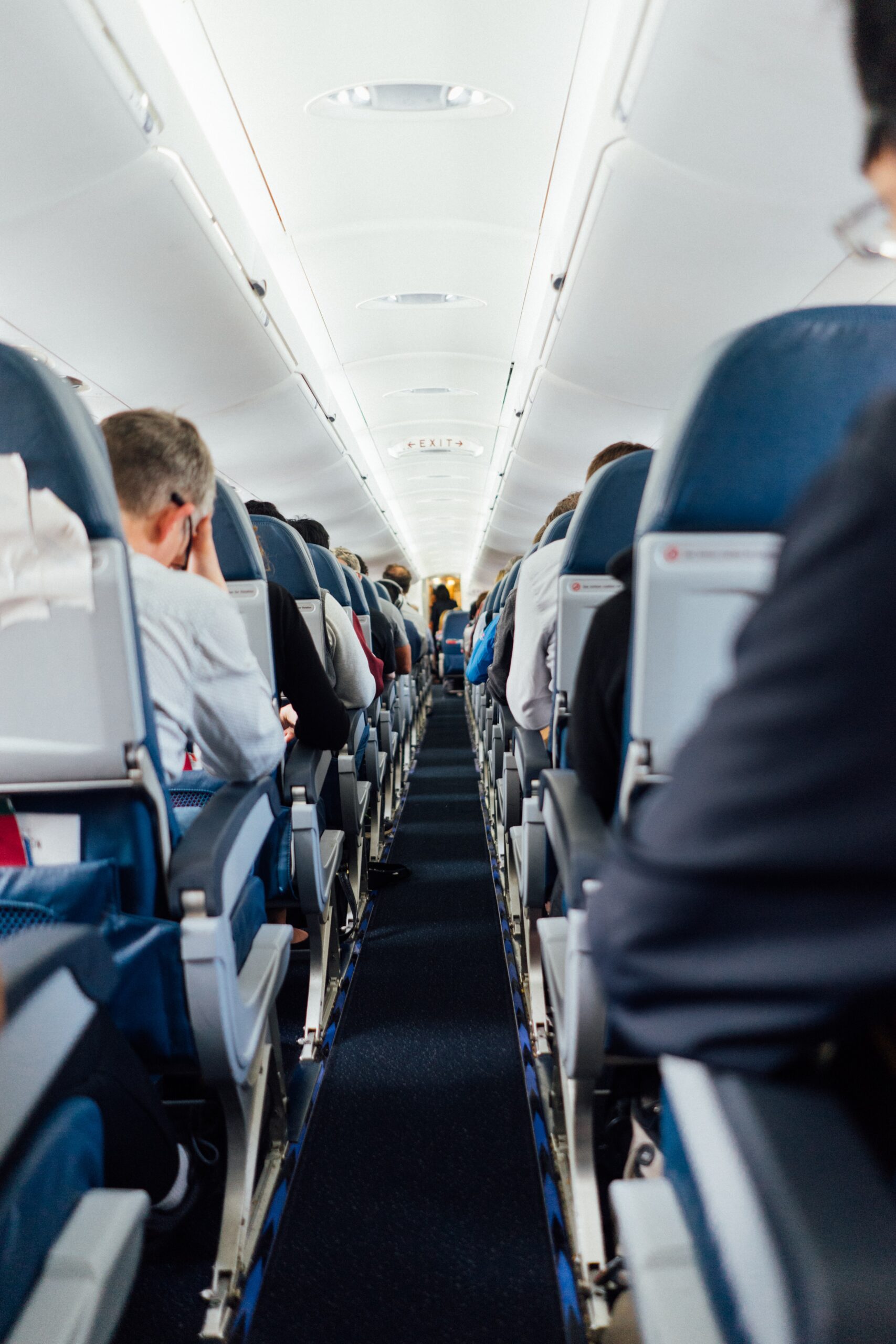
23 Jun Are Airlines Equipped to Tackle the Global Demand Surge?
The devastating impact of Covid-19 on businesses and industries is a truth often told. The fact that the Travel, Tourism & Hospitality sector was amongst the hardest hit, also eludes no analysis. Revenues from global tourism fell 42.1% from $685 billion in 2019 to $396 billion in 2020. Airlines too, have been riding the boisterous waters for far too long now, having bled $168 billion in economic losses in 2020 alone.
But over the last few months, airlines worldwide have been witnessing a steady recovery, driven in part by successful multiple vaccinations, and in part by the ebbing pandemic and a consequent easing of travel restrictions. The Mastercard Economics Institute’s May 2022 annual travel report reveals that for the first time since the pandemic began, global leisure and business flights have risen to levels not seen since 2019. In fact, global flight bookings for leisure travel soared 25% above pre-pandemic levels in April 2022. Initially, the global recovery seemed askew, with leisure travel picking up faster than business travel. However, a Q1 2022 report by global distribution system Sabre indicates that the gap between global domestic leisure travel and business travel had reduced from 37% in April 2021 to almost 7% in April 2022, with business flight bookings exceeding 2019 levels. Even India’s largest domestic airline, IndiGo, witnessed a complete recovery in corporate travel in April and May, contrasting a more sluggish demand from the overall Asian market.
This swelling demand for air travel has brought airlines bosses to the edge of their seats and put both their preparedness and vision to a test more rigorous than they would have imagined. Although faced with an immediate challenge, there are several areas that airlines should focus on and build their offerings accordingly.
The economics of survival forced most of the airlines to let go of their staff in thousands during the pandemic. With travelers flocking the check-in queues, many airlines are feeling the sting of staff shortages despite governments and trade bodies saying they had warned them well in advance. Between 28 May and 6 June, EasyJet has cancelled more than 200 flights to and from Gatwick, while Tui made several last-minute cancellations including from Gatwick, Birmingham, and Bristol. Clearly, something has been amiss in their plans to handle the expected surge in demand. Danish airline SAS also played the same tune and admitted to facing challenges from a massive ramp-up after the pandemic. And now, as need turns to desperation, EasyJet and British Airways are offering a £1,000 ($1,225) bonus for cabin crew members as airlines scramble to recruit staff ahead of the peak summer travel season.
Aviation in general, and airlines in particular, have been quick adopters of technology. AI, automation, mobile-first etc. have been intertwined with airlines operations for years now. But post-pandemic recovery in demand is going to put airlines and their tech prowess to the litmus test. Airlines must use the treasure trove of data in their systems to take critical decisions, such as reconfiguring cabin layouts, optimizing routes and destinations from long-haul to short-haul, reassessing flight frequencies, and adjusting pricing models to best suit emerging patterns.
With almost 84% of travelers now choosing some form of online payment method, payment systems of airlines need to be more robust. Consolidated e-wallet options, contactless payments, QR codes and new approaches to authentication as well as options to combine air miles, cash, and vouchers to book a single trip can go a long way in enhancing the overall experience for customers. A consolidated and integrated platform that can offer transparent cancellation and rescheduling, clear options for layovers and connecting flights, and even handling the widespread use of travel vouchers from previously cancelled holidays is a must-have for airlines looking to ride this demand surge.
More significantly, the post-COVID traveler will look for a contactless experience with minimum touchpoints, albeit with all fears of safety and hygiene assuaged for good. Airlines will have to figure out innovative ways to combine technology with flexible policies to enhance safety and hygiene, and not let this demand surge slip through their hands like dry sand. Qatar Airways recently implemented a UV cabin system that kills pathogens, and HEPA filter equipped air filtration systems to remove particles from recirculated air. To raise the bar on ‘contactless’ services, almost 82% of airlines plan to introduce self-boarding gates by 2023 – passengers can use their smartphones to scan digital boarding passes, confirm their identity via smart security cameras to board and even get their cabin baggage checked by security bots. To give a contactless experience even after boarding, Singapore airlines recently launched an app that converts the passenger’s smartphone into a remote control for in-flight entertainment, eliminating the need to touch a frequently used shared screen.
The swelling demand for air travel is akin to a storm surge – we need ample, adequate, and innovative drainage to absorb the waves. The last couple of years have been tumultuous for airlines and their employees alike. This demand rebound presents an opportunity to sift through policies, procedures, and systems and pave the way for consistent growth and value creation in the coming years. Adequate recruitment and talent management, effective use of technology to enhance customer experience, and an undaunting focus on safety and hygiene seem to be emerging as the three pivots for success in these uncertain times. And if the trend in numbers prevails, airlines will have more than just their hands full for a long time to come.
Author: Prithwijeet Mukherjee
Sr. Consultant, Strategy Consulting
Image credit: Hanson Lu on Unsplash


No Comments